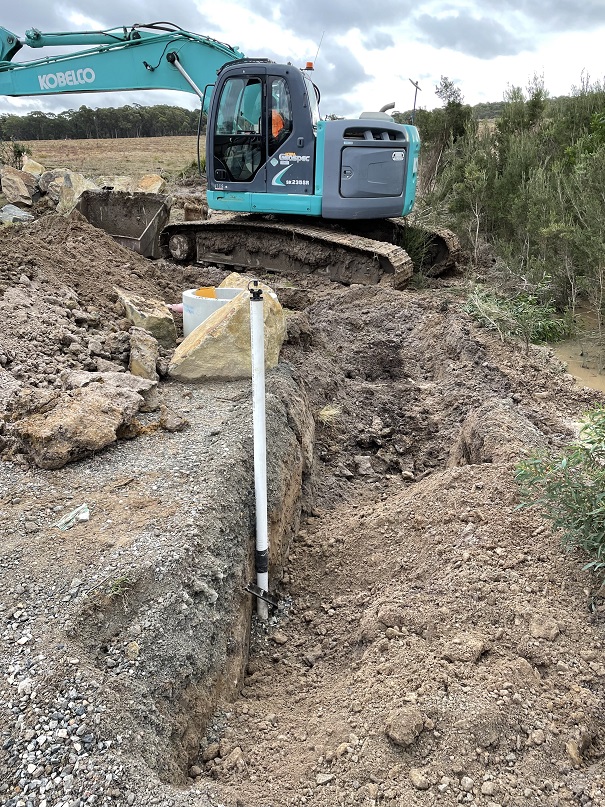Expert Technical Advice for Landfill Gas Migration and Mitigation at a Closed Landfill
Location – Tasmania
Project Value – $20k+
Project Summary –
AEA was engaged to provide expert technical assistance to the Consultant appointed by the Council responsible for the landfill to investigate and remediate the landfill gas (LFG) subsurface migration. LFG was confirmed as entering a residential property close to the landfill.
AEA assisted with developing and refining a conceptual site model (CSM) to identify the source, possible pathways and receptors, as well as appropriate locations and designs of LFG monitoring bores and development of an LFG monitoring program comprised of continuous and spot monitoring. The monitoring bore network and monitoring program successfully collected data to enable identification of the worst credible scenario for LFG migration, allowing the risk to the known receptors to be established.
The LFG subsurface migration pathways proved difficult to identify due to the complex geology, and AEA assisted with a re-examination of the CSM to identify that further bores were required which needed to be screened at a deeper depth where a previous unidentified LFG migration was thought to be.
AEA recommended in-waste LFG venting structure with biological treatment of LFG be considered for protecting the known receptors from LFG subsurface migration now and in future. In the event that locating the LFG migration pathways is unsuccessful, the in-waste venting structure would still protect the receptors from LFG subsurface migration. If the LFG subsurface migration pathways are located, AEA recommended an in-ground pathway intervention structure (pathway break) for protecting the known receptors from LFG subsurface migration now and in future.
Outcome & Highlights –
- Identification of an LFG subsurface migration solution if the pathways cannot be found.
- Refinements to the CSM to identify previous unidentified possible LFG migration pathways.
- Capture of data representing the worst credible scenario for LFG subsurface migration based on the local atmospheric pressure and ground moisture conditions.

